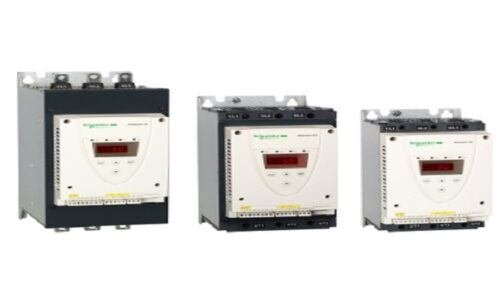
Hexagon broaches are tools used to create round holes and other features in a variety of materials. Hexagonal broaches are available in two different types: internal and external. Internal broaches are attached to the shank of a tool by a set screw in a whistle notch, while external broaches are mounted on the outer flange and are secured with a drive pin and spindle cap.
The internal diameter of a rotary HEX broach is approximately 1% larger than the hex profile. The depth of cut can be reduced or increased depending on the type of material to be drilled. Ideally, the depth of cut should be about 1.3 to 1.5 times the hex profile’s length. The chamfer is around 3%, but the exact size is left to the discretion of the tool maker.
When using a hex broach, a hole should be drilled at a depth of 1.3 to 1.5 times the part’s OD. If the hole is too large for the broach to fit, you can counter-bore the hole with a smaller drill. This ensures a tight fit, and it is particularly useful on aerospace parts, which are not designed to allow radial drilling along the walls of the broached hole.
Standard Hexagon Broaches are a push type hexagon broach that is typically used in one-pass finishing. They are suitable for use with an arbor, hydraulic press, or vertical broaching machine. A typical hexagon broach has a P9 tolerance and can handle most common Metric sizes. If you require a larger or smaller hexagon broach, you can also request a Special Bushing. Shop hexagonal broaches now.
Custom broaches can save you time and effort. A holder is a block with a 1/2 blind hole that will hold a hex broach in place. These holder systems can also save you the hassle of handling handle pumps. Several air cylinders are available in the market today, each with a hundred pounds of force. The holder can be easily installed on a machine and is used to force a broach.
Rayco tools has long-lasting, high-quality hex broaches. The company uses a proprietary method of hardening the tool to retain its edge longer. This process also reduces the risk of a vacuum effect and allows for a longer tool life. A rotary hex broach can successfully broach hexes in parts with a thirty-HRC hardness without showing any significant wear after two thousand passes.
Hex Broaches are versatile tools used for different machining jobs. They are useful for creating keyways, squares, and hex shapes. You can also use them to create flat surfaces. The best part about them is that they can work on virtually any type of material. You can even use them on the opposite surface if you need them for the same purpose. You may want to consider investing in a quality set of hex broaches.
A rotary broach can produce an external or internal polygon in just one pass, making it an excellent choice for small machine shops. This method produces precision polygon shapes with more than 0.0005″ accuracy. Another advantage of rotary broaches is that they can be purchased directly from a supplier. They come in a wide variety of sizes. So, you can choose a tool that meets your exact specifications. If you’re in the market for a rotary broach, you’re sure to find one that works for your needs.
To avoid rust, you should choose an oil-based broaching fluid. It can improve tool life by two to three times. Also, use a high-concentration water-soluble coolant instead of oil. However, 100% synthetic coolant will lead to a poor tool life. It’s better to choose a broach with a TiN coating, which makes up for the lack of lubricity of an oil-based broach.




